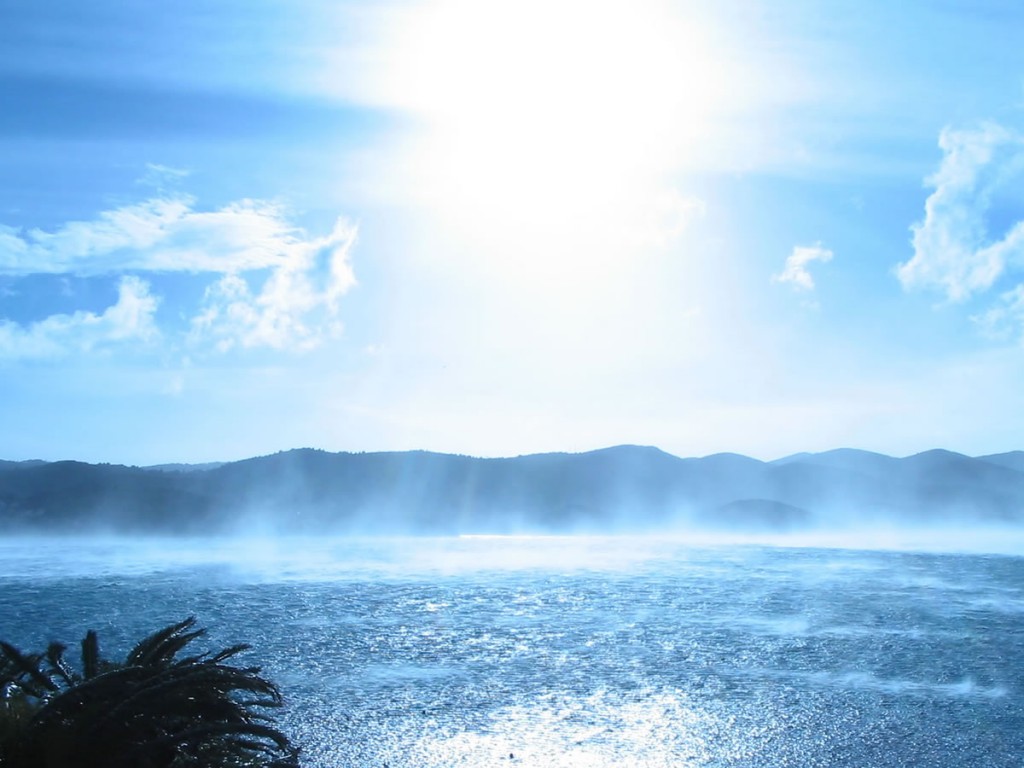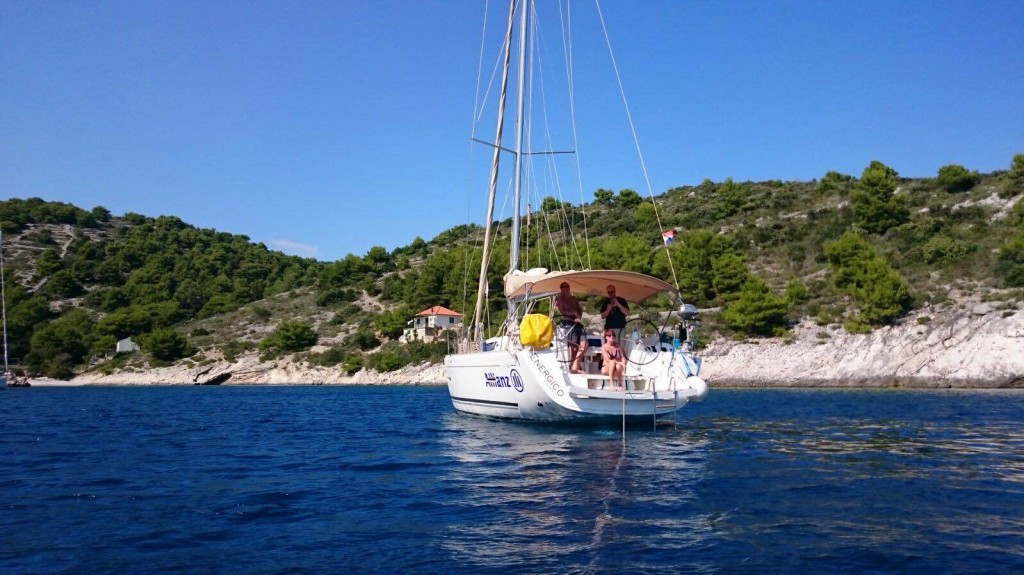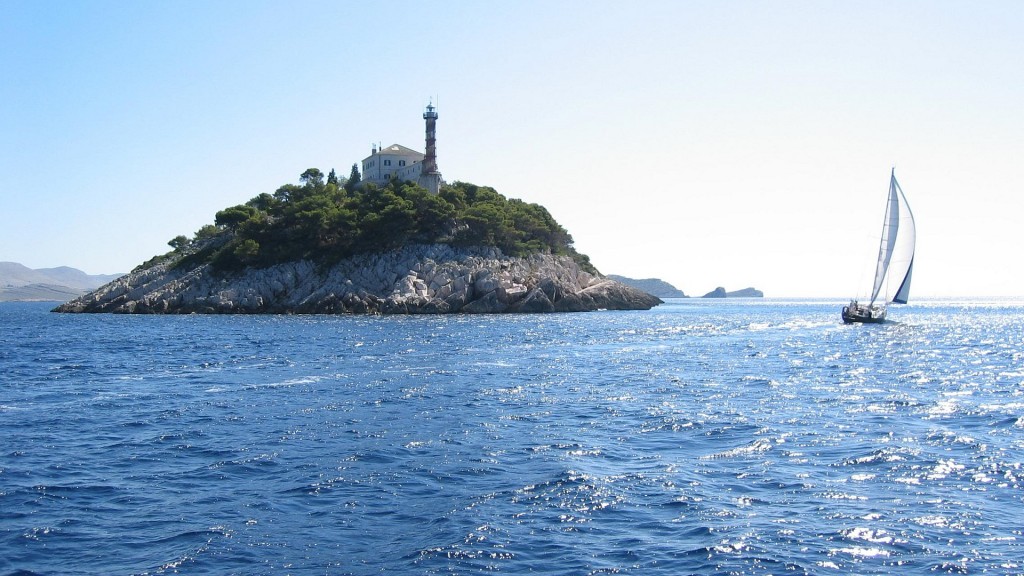Different winds in Croatia – different moods
Croatia is a country which can be divided in two Climatic regions. Continental climate is in the interior of Croatia with warm summers and pretty cold winters. Snow is very likely, and can be pretty heavy during the winter. The Adriatic coast has a typically Mediterranean climate with a warm to hot and dry summers, and mild to cool, wet winters.
The power for every sailyacht and the core element to sailing is the wind. Before you release your mooring, it is very useful to get familiar with the Adriatic winds so you can fully relax and safely enjoy your stay at the sea.
Tramuntana (Tramontana) is a strong, unpredictable, northern to northwestern wind which is present in period from Spring to the Autumn. Accompanied by gales and large waves, tramontana usually arrives suddenly and can reach stormy force. It has a short duration – usually after a single day turns into Bura.
Bura is the most famous wind in Croatia. It is a northern to north-eastern, unpredictable wind which is blowing from the continent towards the open sea. It is strong and very cold wind which blows in gushes and often has sudden and unexpected beginning. Bura blows mostly in the winter. In the summer, it usually lasts for a day or several hours, while, in the winter, it can blow as long as 14 days. After the Bura, the weather is sunny and bright, and the visibility is great.
 Levant, an easterly type of bora, cold wind which usually brings clouds and rain. This is a winter wind that lasts for a couple of days.
Levant, an easterly type of bora, cold wind which usually brings clouds and rain. This is a winter wind that lasts for a couple of days.
Jugo (Scirocco) is warm and humid, south-easterly wind which brings clouds and rain. As it blows through the Adriatic, it produces high and long waves, and offers a particular experience for dynamic sailing. It belongs to the group of spring-fall winds and its duration may be half a day or may last several days. Interesting fact about Jugo is that it makes Dalmatians grumpy. People from Croatia usually blame jugo for health problems, back pain, headache, or if they are just having a bad day. So, if you experience symptoms of depression or low moods, blame the jugo for that. Even in the old Republic of Dubrovnik, no laws were passed while the jugo was blowing.
Lebić (Lebeccio) is south-westerly Adriatic, mostly winter wind described both as lebic and garbin. It is usually wind of short duration, but generates extremely heavy seas and brings heavy rainfall resulting in poor visibility.
 Mistral (Maestral), the most common wind during the summer and it is usually accompanied by clear, fresh and stable weather. It is very suitable for sailing because of its moderate, constant strength and its nature which is predictable and mild. While the Bura and Jugo, each in their own way, offer yachtsmen excitement and challenge, the maestral guarantees pure pleasure during which you can enjoy in the sea without any worries.
Mistral (Maestral), the most common wind during the summer and it is usually accompanied by clear, fresh and stable weather. It is very suitable for sailing because of its moderate, constant strength and its nature which is predictable and mild. While the Bura and Jugo, each in their own way, offer yachtsmen excitement and challenge, the maestral guarantees pure pleasure during which you can enjoy in the sea without any worries.
 Burin is north-easterly thermal wind which blows from the land to the sea. It can be quite strong and usually lasts all night. Its name has been derived from Bura as it blows in almost the same direction as the Bura.
Burin is north-easterly thermal wind which blows from the land to the sea. It can be quite strong and usually lasts all night. Its name has been derived from Bura as it blows in almost the same direction as the Bura.
Even though the Adriatic sea does not belong to seas that are dangerous and unpredictable, special attention shall be given to Bura and Jugo. Sailing can take place all year round but the most favorable conditions are from mid-June to mid-October when even those with little experience can enjoy in sea adventures.
 So… Now you are ready for sailing… Which route are you taking? Feel free to contact us, and we will gladly prepare you desirable tailor-made route. You don’t need to worry about the weather conditions, the safest marinas or route suggestions. Sailing Place will take care about everything!
So… Now you are ready for sailing… Which route are you taking? Feel free to contact us, and we will gladly prepare you desirable tailor-made route. You don’t need to worry about the weather conditions, the safest marinas or route suggestions. Sailing Place will take care about everything!














